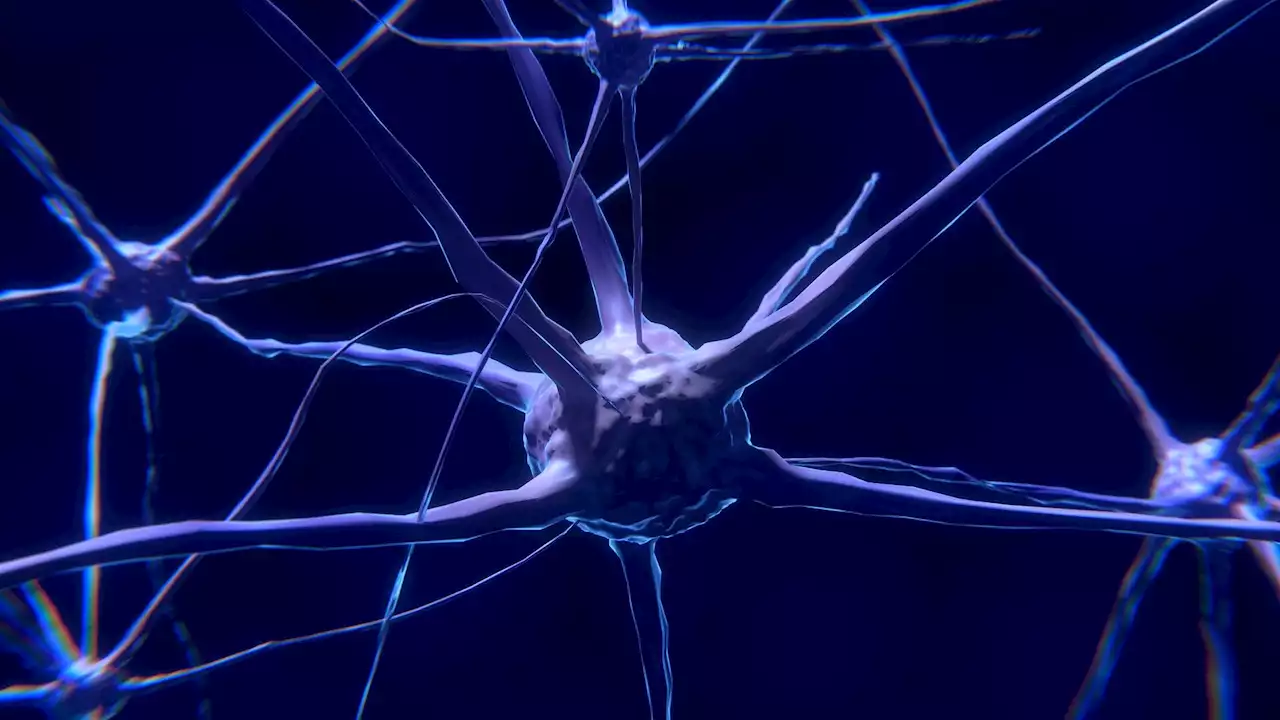An animal-free method of creating human braincells for research uniofexeter frontiersin
Working in the laboratory of Professor Asami Oguro-Ando, at the University of Exeter Medical School, Rose-Martin discovered a new way to create a type of brain cell that does not rely on
Rose-Martin says that"it's so exciting to be a key part of a team to have made a discovery that can really contribute to science, so soon after graduating. I'm incredibly proud that this new model system could be a valuable tool for neuroscientists. I hope it will accelerate the development of new therapeutics to help people affected by brain disorders better manage their symptoms and improve their quality of life.
To research the role of these cells in disease, neuroscientists can either study rodent neurons or human brain cells called SH-SY5Y cells. Under the right conditions, SH-SY5Y cells can be transformed into mature neuron-like cells of different subtypes. However, until now, scientists have not been able to transform SH-SY5Y cells into glutamatergic cells, limiting their potential in brain disorder research.
Brasil Últimas Notícias, Brasil Manchetes
Similar News:Você também pode ler notícias semelhantes a esta que coletamos de outras fontes de notícias.
![]() Scientists develop amplicon-based sequencing method for genomic surveillance of human monkeypox virusScientists develop amplicon-based sequencing method for genomic surveillance of human monkeypox virus medrxivpreprint YaleSPH GenomicSurveillance Monkeypox MonkeypoxVirus
Scientists develop amplicon-based sequencing method for genomic surveillance of human monkeypox virusScientists develop amplicon-based sequencing method for genomic surveillance of human monkeypox virus medrxivpreprint YaleSPH GenomicSurveillance Monkeypox MonkeypoxVirus
Consulte Mais informação »
 Non-invasive classification of macrophage polarisation by 2P-FLIM and machine learningHuman blood derived macrophage polarisation can be classified by proxy of their metabolism, using advanced microscopy techniques generating single-cell parameters that are clustered and validated using machine learning classification models.
Non-invasive classification of macrophage polarisation by 2P-FLIM and machine learningHuman blood derived macrophage polarisation can be classified by proxy of their metabolism, using advanced microscopy techniques generating single-cell parameters that are clustered and validated using machine learning classification models.
Consulte Mais informação »
 Motor neurone disease could be spotted in gut 14 years before symptoms appearSigns of motor neurone disease (MND) were seen up to 14 years before patients experience symptoms, according to a Scottish new study
Motor neurone disease could be spotted in gut 14 years before symptoms appearSigns of motor neurone disease (MND) were seen up to 14 years before patients experience symptoms, according to a Scottish new study
Consulte Mais informação »
